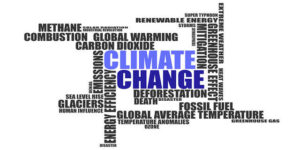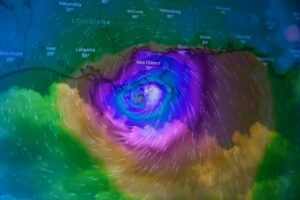Climate Scientists and Policymakers Race the Clock: The U.S. at a Crossroads in 2025
Throughout 2025, a crescendo of scientific reports, policy announcements, and public protests has brought one truth into high relief: climate change is not a distant threat but an immediate crisis shaking the foundations of America’s environmental and economic security.
The science is unequivocal.
NASA, NOAA, and leading federal scientists have issued repeated warnings—record heatwaves, megafires, rivers at historic lows or high floods, violent tornado swarms—are all consistent with predictions for a warming, destabilized climate system. The frequency and cost of U.S. climate disasters have doubled since the early 2000s, with billions now spent annually on damage and recovery.
2025 in review: What’s new in the science?
- New satellite data confirm that atmospheric concentrations of carbon dioxide and methane are at their highest levels in human history, steadily increasing each year.
- Heat records are being set in unexpected places—from northern New England to the cities of the Midwest—stretching electrical grids and threatening public health.
- Wildfires now routinely burn into December, as snowpack shrinks and rain patterns shift.
Public health experts are especially concerned. Rising temperatures have been linked to more heatstroke deaths, spikes in respiratory disease, expanded reach of mosquito-borne illnesses, and even worsened mental health due to recurring disasters and displacement.
How is the federal government responding?
The answer, in 2025, is complicated. While the overall trend has been one of deregulation and budget constraints—especially with recent efforts to strip the EPA of its legal power to regulate greenhouse gases—not all government action is paralyzed.
- Some bipartisan efforts persist in Congress to phase down super-pollutants like hydrofluorocarbons (HFCs), with industry cooperation.
- Targeted funding continues for technological innovation in renewable energy, climate adaptation, and disaster relief (though these efforts often fall short of what scientists warn is needed).
- Agencies such as NASA and FEMA are doubling down on providing technical support, real-time satellite data, and resilience planning to state and local governments.
Yet these positive steps are undercut by policy rollbacks that hamstring America’s response just as the world needs more, not less, climate leadership. The rescinding of the EPA’s Endangerment Finding is emblematic—a decision that could undo years of environmental progress and cast a shadow over international climate negotiations.
What do climate experts recommend?
- Uphold strong national climate targets: Restore and strengthen regulations on power plants, vehicles, and methane-intensive industries.
- Double down on climate resilience: Invest heavily in flood management, wildfire prevention, and air quality monitoring, focusing on the areas most affected.
- Justice for the vulnerable: Ensure disaster response and pollution controls prioritize communities historically overburdened by environmental risk.
- Mobilize society: Scientists, students, businesses, and faith communities must join in demanding comprehensive action from political leaders.
The “climate crossroads” metaphor is perhaps overused—but in 2025, it fits. With mounting scientific evidence, real human cost, and a society increasingly anxious about the future, the nation faces a choice: action or drift, resilience or risk.
America, a global leader in innovation and problem-solving, can turn the tide—not only for itself, but as an example to the world. As this year’s events have made painfully clear, delay and denial are not strategies. The voices of scientists, communities, and future generations are rising in unison. The time to listen, and act, is now.







